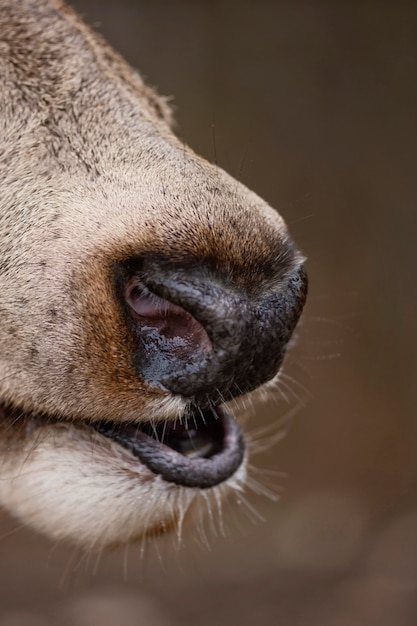Interesting Facts about Caracals

Caracals are beautiful wild cats native to Africa and parts of Asia.
The scientific name for caracals is Caracal caracal.
Caracals are known for their distinctive black tufted ears.
These amazing cats have a lifespan of about 12-15 years in the wild.
Caracals are excellent hunters and can leap up to 10 feet in the air to catch their prey.
They have incredible hearing abilities which help them detect small movements from a long distance away.
Caracals have been domesticated and kept as pets in some parts of the world.
These cats are known for their solitary nature, and they usually live alone or in pairs.
Caracals are masters of camouflage, with their tan-colored coats blending in perfectly with their surroundings.
They are highly adaptable and can thrive in various habitats, including deserts, grasslands, and mountains.
Caracals communicate through a range of vocalizations, including purring, hissing, and growling.
They are territorial animals and mark their territories using scent markings.
Caracals are great swimmers and enjoy water, especially when cooling off during hot days.
This species of wild cat is often mistaken for a lynx due to their similar appearance.
Caracals have a keen sense of smell that helps them track down their prey.
They are mainly nocturnal animals, preferring to hunt during the night.
Caracals have long legs, enabling them to jump high and pounce on their prey.
Interesting Facts about Caracals part 2
Even though caracals are relatively small, they are fierce and powerful hunters.
They have a diverse diet, which includes small mammals, birds, reptiles, and even insects.
Caracals have been known to take down animals larger than themselves, such as springboks or gazelles.
They are known for their agility and can navigate through rocky terrains with ease.
Caracals are skilled climbers, often seen perched on tree branches while scanning for potential prey.
These cats have excellent eyesight, allowing them to spot prey from a distance of up to five miles away.
Caracals have been admired and respected by various cultures throughout history.
In ancient Egypt, caracals were kept as sacred animals and were often depicted in artwork.
Due to their hunting abilities, caracals have been trained for falconry in some parts of the world.
They are highly independent animals and are not easily domesticated.
Caracals have strong hind legs, which help them achieve powerful bursts of speed when chasing prey.
Due to habitat loss and illegal hunting, caracals are considered a near-threatened species.
Conservation efforts are being made to protect caracal populations and their natural habitats.
Caracals are known to exhibit complex social behaviors, especially during mating seasons.
Female caracals typically give birth to a litter of one to six kittens.
The kittens are born blind and rely on their mother for care and protection.
Caracals have a gestation period of around 68 to 81 days.
The kittens stay with their mother for about one year before venturing out on their own.
Caracals are extremely territorial and will defend their territories fiercely against intruders.
They have been observed using their distinctive tufted ears as a form of visual communication.
The tufted ears of caracals also help in providing them with excellent hearing abilities.
Caracals have been known to form symbiotic relationships with other animals, such as jackals.
These cats are highly secretive and prefer to rest and hide during the day.
Caracals have been featured in various cultural legends and folklore.
They are known for their strong leaping abilities, making them excellent escape artists.
Caracals have a specialized grooming routine, using their tongues to clean their fur.
These cats are incredibly agile and can change direction mid-air while chasing prey.
Caracals are remarkable and captivating creatures that continue to showcase their adaptability in an ever-changing world.

